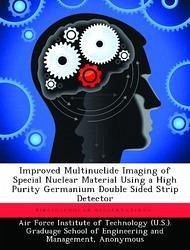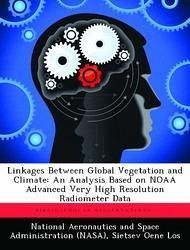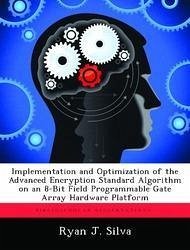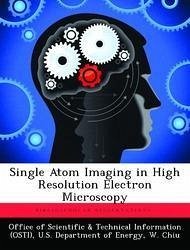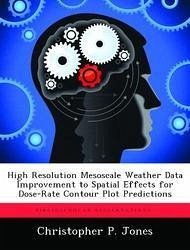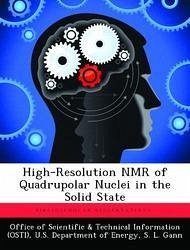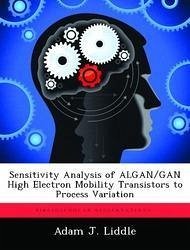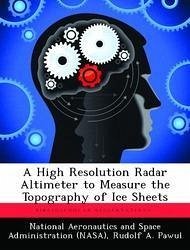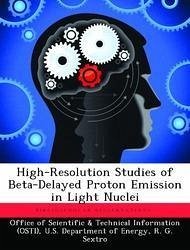
Effect of Advanced Synthetically Enhanced Detector Resolution Algorithm on Specificity and Sensitivity of Portable High Purity Germanium Gamma Detecto
Versandkostenfrei!
Versandfertig in über 4 Wochen
52,99 €
inkl. MwSt.

PAYBACK Punkte
26 °P sammeln!
The ability to identify special nuclear material is one of the necessary prevention mechanisms for preventing proliferation of special nuclear materials. Additionally, if a nuclear event were to occur, information about the nuclear material used may be extracted from gamma spectra, provided it is obtained quickly and accurately. This can be made possible with the use of the exceptional resolution of the HPGe detector. This experiment applied the Advanced Synthetically Enhanced Detector Resolution Algorithm (ASEDRA) to a portable HPGe detector's spectra, to investigate whether improvements in s...
The ability to identify special nuclear material is one of the necessary prevention mechanisms for preventing proliferation of special nuclear materials. Additionally, if a nuclear event were to occur, information about the nuclear material used may be extracted from gamma spectra, provided it is obtained quickly and accurately. This can be made possible with the use of the exceptional resolution of the HPGe detector. This experiment applied the Advanced Synthetically Enhanced Detector Resolution Algorithm (ASEDRA) to a portable HPGe detector's spectra, to investigate whether improvements in specificity and sensitivity can be obtained. This method has been used to improve performance of NaI(Tl) spectra. In this work, measurements of Cd-109, Co-57, Eu-152, Sb-125, Eu-154, and Eu-155 spectra were used as ground truth gamma emissions. The HPGe spectra were analyzed using ASEDRA and ORTEC's Genie", a program used by many in the nuclear weapons community for spectroscopy. Genie" was used as a benchmark for comparison in this experiment. The number of positive and false positive peaks identified by each program was used for comparison, based on ground truth peaks, which are the thirty-one known peaks based on the sources used in the experiment.



